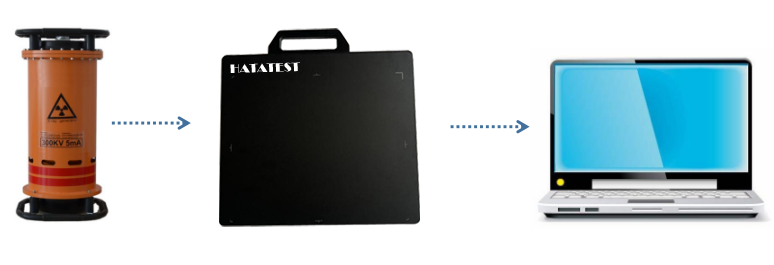Various types of non-destructive testing principles
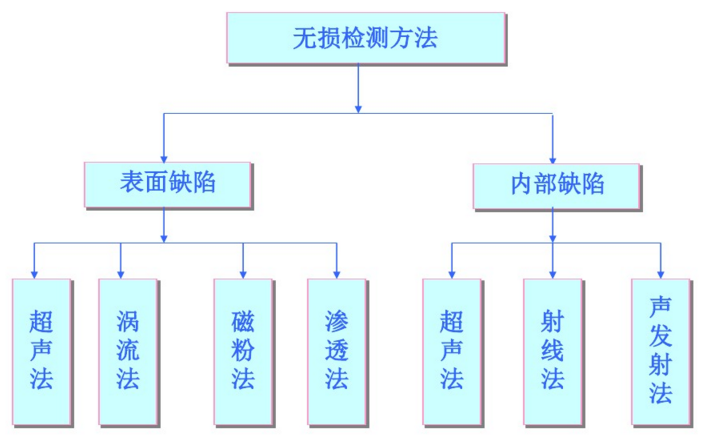
1. Ray method (X-ray and neutron radiography)
The radiation emitted by the X-ray generator is transmitted through the object to be inspected, and the transmission line is transmitted or attenuated by the object to be imaged for inspection of internal structures or defects.
When a neutron beam from a reactor, accelerator, or isotope source illuminates the specimen, the image can be used to display the neutron transmission or attenuation of the specimen, or to find internal structures or defects that cannot be detected by X-rays.
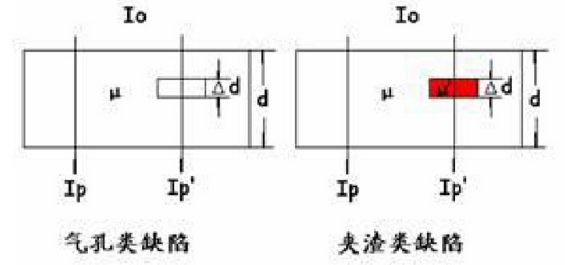
2. Ultrasonic method
Ultrasonic pulses are injected directly into the specimen, and ultrasonic echoes (transmission attenuation) can indicate the presence and location of defects, interfaces, and discontinuities.
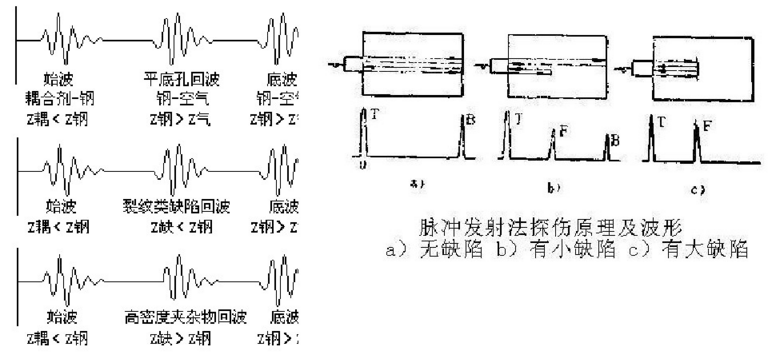
3. Magnetic powder method
The object to be inspected or the area to be inspected is magnetized, and the magnetic powder is applied to cover the entire surface area. When the surface or near surface defect at any place causes magnetic field distortion and leaks, the corresponding magnetic field of the distorted leakage adsorbs the magnetic powder.
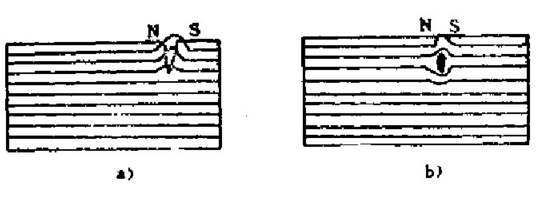
Defective magnetic field generation
(a) Surface defects (b) Near surface defects
4. Penetration method
The permeate is applied to the test surface to penetrate the surface crack, and then the excess liquid on the surface is clear, and the developer is applied. It is made into a thin powder layer to suck out the liquid in the crack and color it to detect it.
5. Eddy current method The inspected part locally induces an alternating current loop (eddy current), and the probe measures the inductive reactance of the induced current magnetic field to indicate subsurface defects.
6. Acoustic emission method
(1) Using the internal defects of the object under the action of external force or residual stress, it can spontaneously emit sound waves to determine the location and state of the launching point.
(2) According to the characteristics of the acoustic emission signal and the external conditions of the AE wave, it is possible to understand the current state of the defect, as well as to understand the formation process and development trend of the defect, which is difficult to achieve by other non-destructive testing methods.
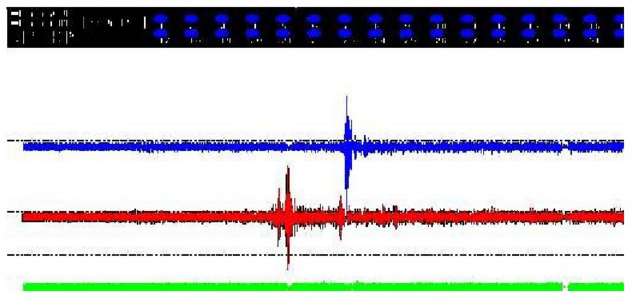
-
 Sales@hata-ndt.com
Sales@hata-ndt.com -
 +86 371 63217179
+86 371 63217179







